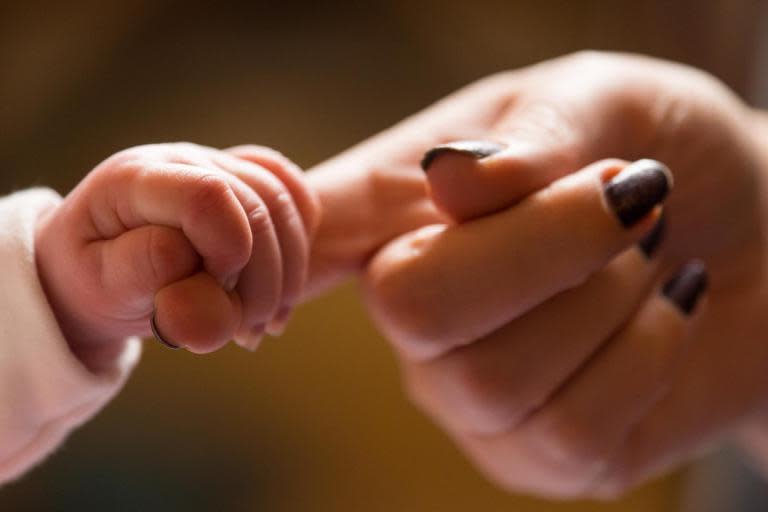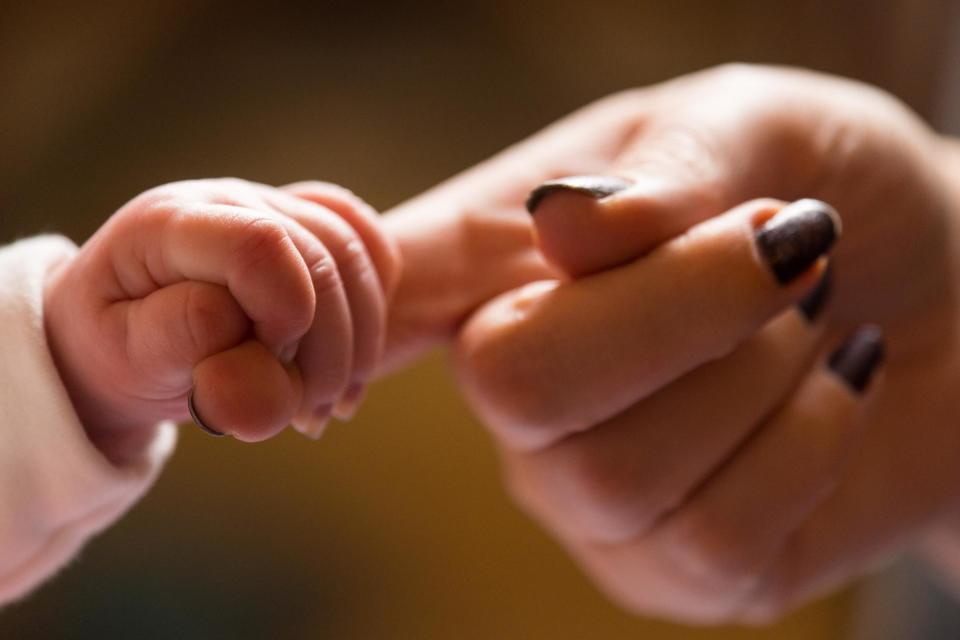Revealed: IVF success rate has peaked and may now be in decline
The chance of becoming pregnant from IVF appears to have peaked and may be in decline, the latest European data revealed today.
Research showed a 27.1 per cent success rate for IVF and a 24.3 per cent rate from ICSI, a more precise treatment typically used where there are problems with male fertility.
Both figures were down on the previous year, when 27.7 per cent of IVF treatments and 25.5 per cent of ICSI procedures resulted in a pregnancy.
The research, being presented at the European Society of Human Reproduction and Embryology conference in Vienna, is regarded as the largest and most accurate snapshot of assisted reproduction in Europe.
The figures are based on more than 800,000 treatment cycles performed in 2016, when about 165,000 babies were born.
By comparison, the previous year’s figures related to about 500,000 cycles.
Dr Christian de Geyter, chairman of ESHRE’s European IVF monitoring consortium, said one area where pregnancy rates had increased was where the embryos were frozen and stored prior to transfer at a later date.
Transfers using frozen embryos account for about half of all cycles in today’s research, and had a 30.5 per cent pregnancy rate.
Frozen embryo transfers tend to be more successful as the egg is likely to be younger than a “fresh” egg.
Dr de Geyter said: “Success rates have stabilised, although outcome in egg donation and with use of frozen embryos is still moving upwards. The biggest upwards movement, however, is from treatments with frozen eggs.”
Today’s figures do not include data from UK clinics. The UK regulator, the Human Fertilisation and Embryology Authority, records birth rates rather than pregnancy rates.
In 2017 these were 23 per cent for frozen embryos and 22 per cent for fresh embryos from about 75,000 treatments.

 Yahoo News
Yahoo News 

